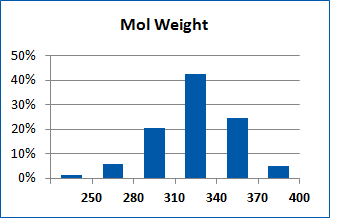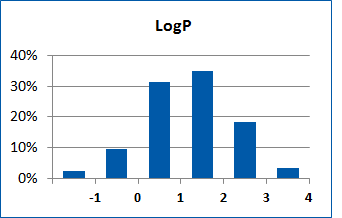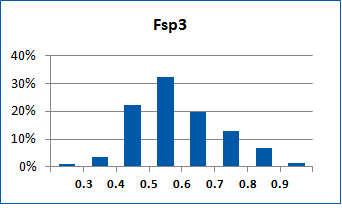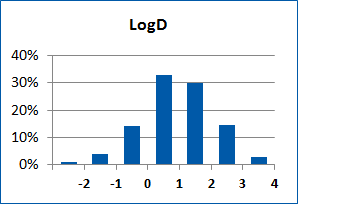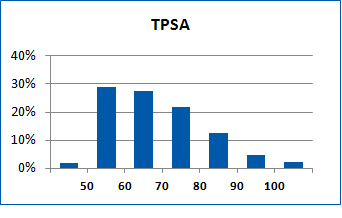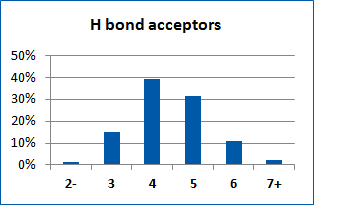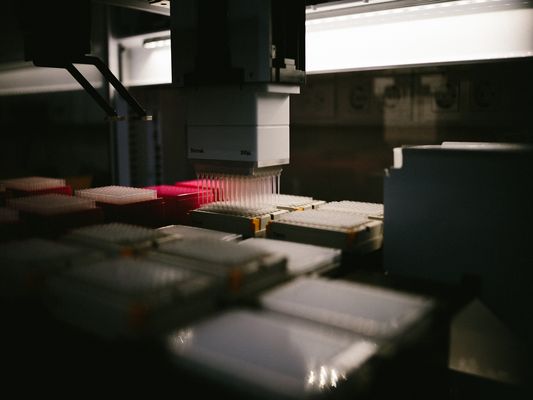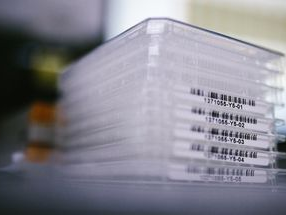Designed for discovery of new Ion Channels ligands
36 800 compounds
Ion channels are most widely distributed in organism tissues and play an important role in numerous cell types as large families of related genes with cell-specific expression pattern. This type of therapeutic targets is most important in developing of new highly effective medical treatments in the same time being one of the most difficult tasks in Medicinal Chemistry.
Examples of the molecules
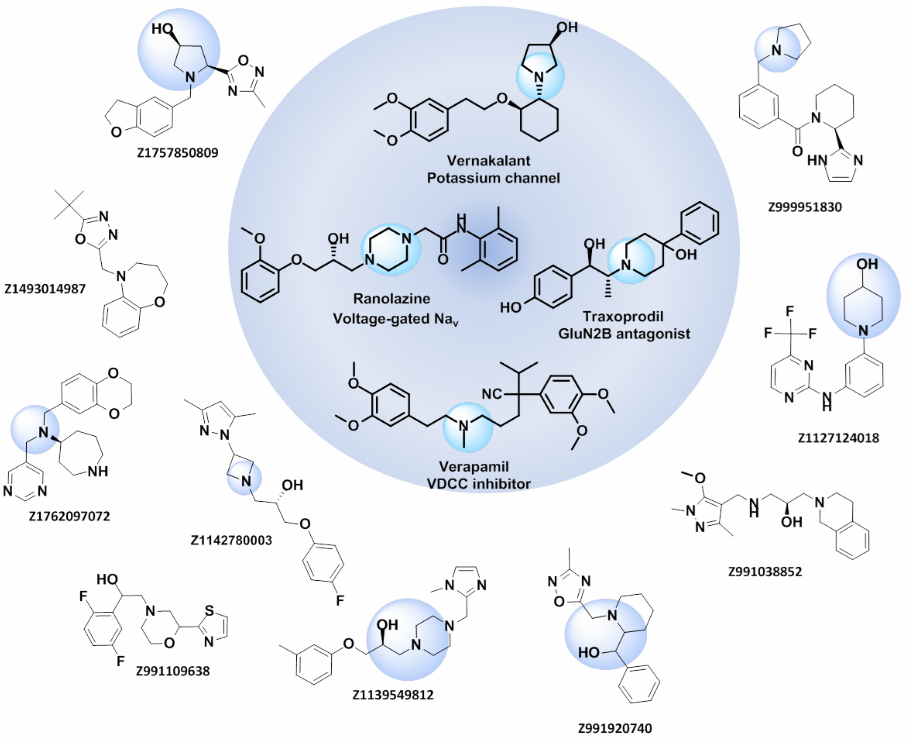
Using our Libraries for hit identification you receive multiple benefits allowing you to save on time and costs in lead generation:
- Resupply from dry powders for hit confirmation, hit expansion from in-stock analogs.
- Straightforward and low-cost synthesis of analogues through our REAL Database technology.
- Medicinal chemistry support enhanced with on-site broad ADME/T panel.
Typical Formats
Ion Channel Library is available for supply in various pre-plated formats, including the following most popular ones:
Catalog No.
ICL-36-0-Z-10
Compounds
36 800
29 plates
Amount
≤ 300 nL of 10 mM of DMSO solutions
Plates and formats
1536-well Echo LDV microplates, first and last two columns empty, 1280 compounds per plate
Price
Catalog No.
ICL-36-10-Y-10
Compounds
36 800
115 plates
Amount
≤ 10 µL of 10 mM DMSO solutions
Plates and formats
384-well, Echo Qualified LDV microplates #001-12782 (LP-0200), first and last two columns empty, 320 compounds per plate
Price
Catalog No.
ICL-36-50-Y-10
Compounds
36 800
115 plates
Amount
50 μL of 10 mM DMSO solutions
Plates and formats
384-well, Greiner Bio-One plates #781280, first and last two columns empty, 320 compounds per plate
Price
Catalog No.
Library & follow-up package
Plates and formats
ICL-36-10-Y-10 screening library 36 800 cmpds, hit resupply, analogs from 4.6M+ stock and synthesis from REAL Space
Price
*We will be happy to provide our library in any other most convenient for your project format. Please select among the following our standard microplates: Greiner Bio-One 781270, 784201, 781280, 651201 or Echo Qualified 001-12782 (LP-0200), 001-14555 (PP-0200), 001-6969 (LP-0400), C52621 or send your preferred labware. Compounds pooling can be provided upon request.
Download SD files
Library code: CICL-10560
Version: 24 May 2020
10 560 compounds
sublibrary of ICL-36
Library code: SICL-5440
Version: 24 May 2020
5 440 compounds
sublibrary of ICL-36
Library design
We applied multipronged approach in rational library design to gain a qualitative set of molecules focused on ion channel targets. A major contribution was made in the lead-oriented synthesis program at Enamine focused on increasing novelty and structural diversity. The project has already yielded 36 800 lead-like compounds built on novel scaffolds featuring saturated rings that have been recognized as potential ion channel blockers. Pharmacophore ligand-based biased analysis was performed on the reference set of over 1 000 highly active ligands (≤10 nM) resulting in three main pharmacophore motifs frequently occurring in reported ligands. Optimized models were used in searching a lead-like part of Enamine Screening Collection and a lead-like part of REAL database. One of the common features of derived pharmacophores was presence of tertiary/secondary amino group. Additional compounds were added to the library after analysis of privileged motives of known ion channel blockers and after morphing of some recently discovered ion channel and TRPV1 modulators. General Medicinal Chemistry overview finalized the library profile: favorable physicochemical parameters and solubility requirements.

